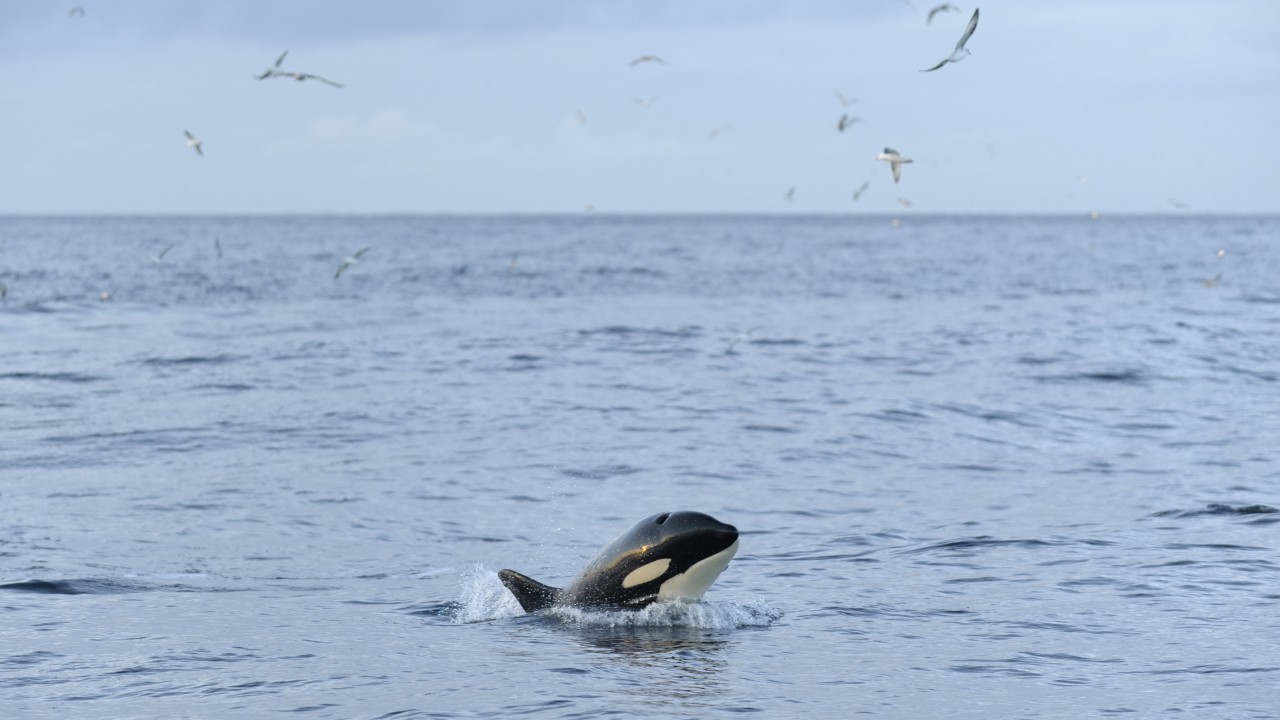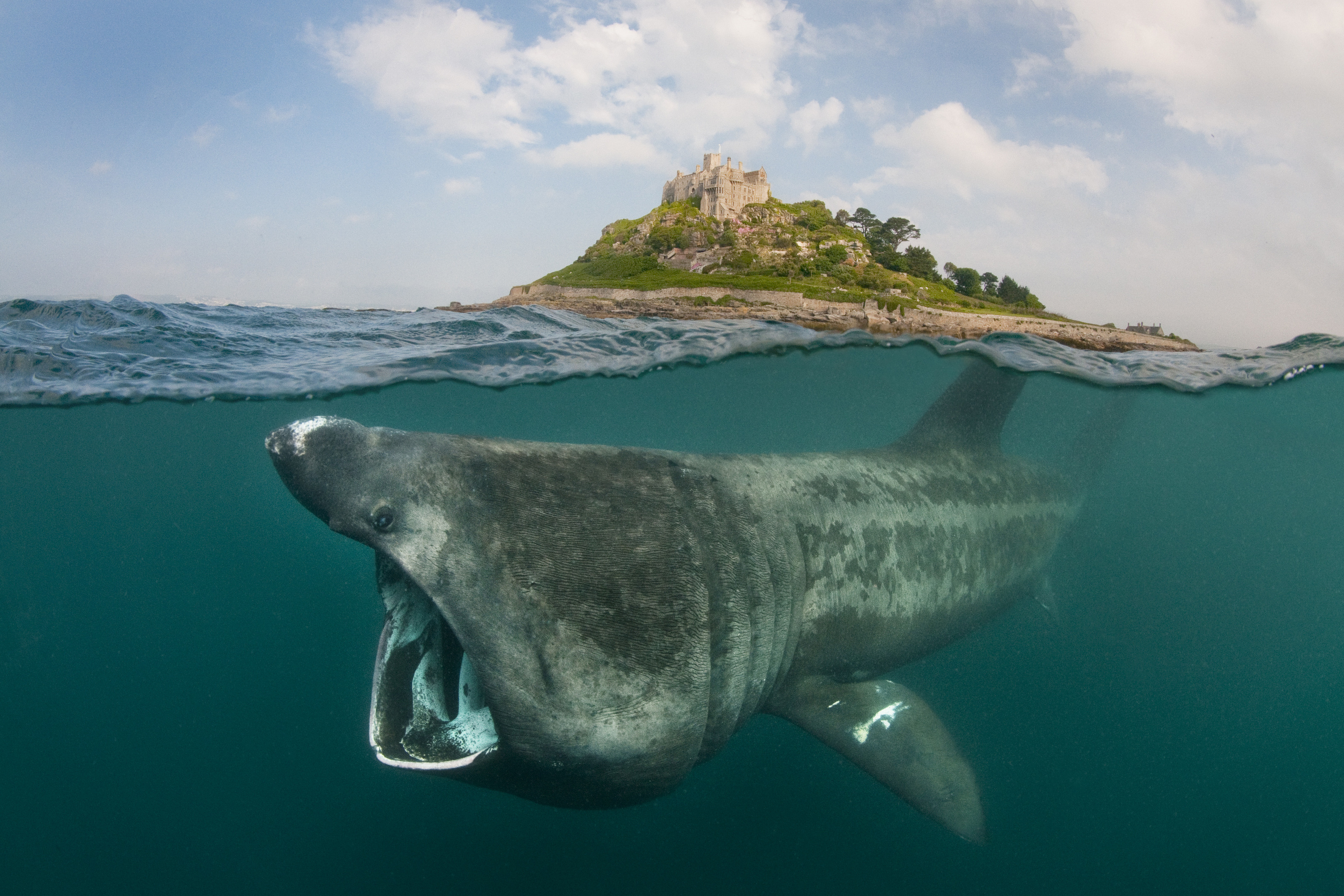From sex-changing fish, to the world’s third heaviest animals, to sunbathing giants, the murky waters off the west coast of Scotland contain a whole host of mysterious creatures.
And the importance of protecting these beasts of the deep, as well as their fellow, more commonly-known sea-dwellers, is being highlighted in an ongoing campaign by the World Wide Fund for Nature (WWF).
The WWF released these stunning photographs of the rarest fish, mammals, birds, invertebrates and anemones living in UK waters as part of its Celtic Seas Partnership.
The partnership seeks to help protect all maritime life in the Celtic Seas, which extend from Land’s End all the way north along the west coast of the UK, up to and including Shetland and Orkney, from the dangers posed by overfishing, climate change, poor shipping practice and marine litter.
One of the watery wonders featured in the photography is the sunfish, the world’s largest bony fish.
Although the almost 10 foot creatures rarely visit the UK, only appearing off coastlines in summer, they can sometimes be seen on their sides at the surface, basking in the rare British sunlight.
Another is the bizarre Cuckoo wrasse, a vibrantly coloured beastie which is born female, but can change its sex to male when it reaches around five to seven years old.
And many wildlife fans would be surprised to find that fin whales, which are only beaten in terms of weight by the mighty blue and north pacific right whales, can be spotted in the open waters of the Celtic Seas.
But despite all of these incredible species living off the coasts of Scotland, England, Wales and Ireland, just 1% of UK seas are currently protected, which is why the WWF is calling for the UK government to create more official marine protected areas (MPAs) to help safeguard the future of these endangered animals.
To find out more about the campaign visit
wwf.org.uk/discover










